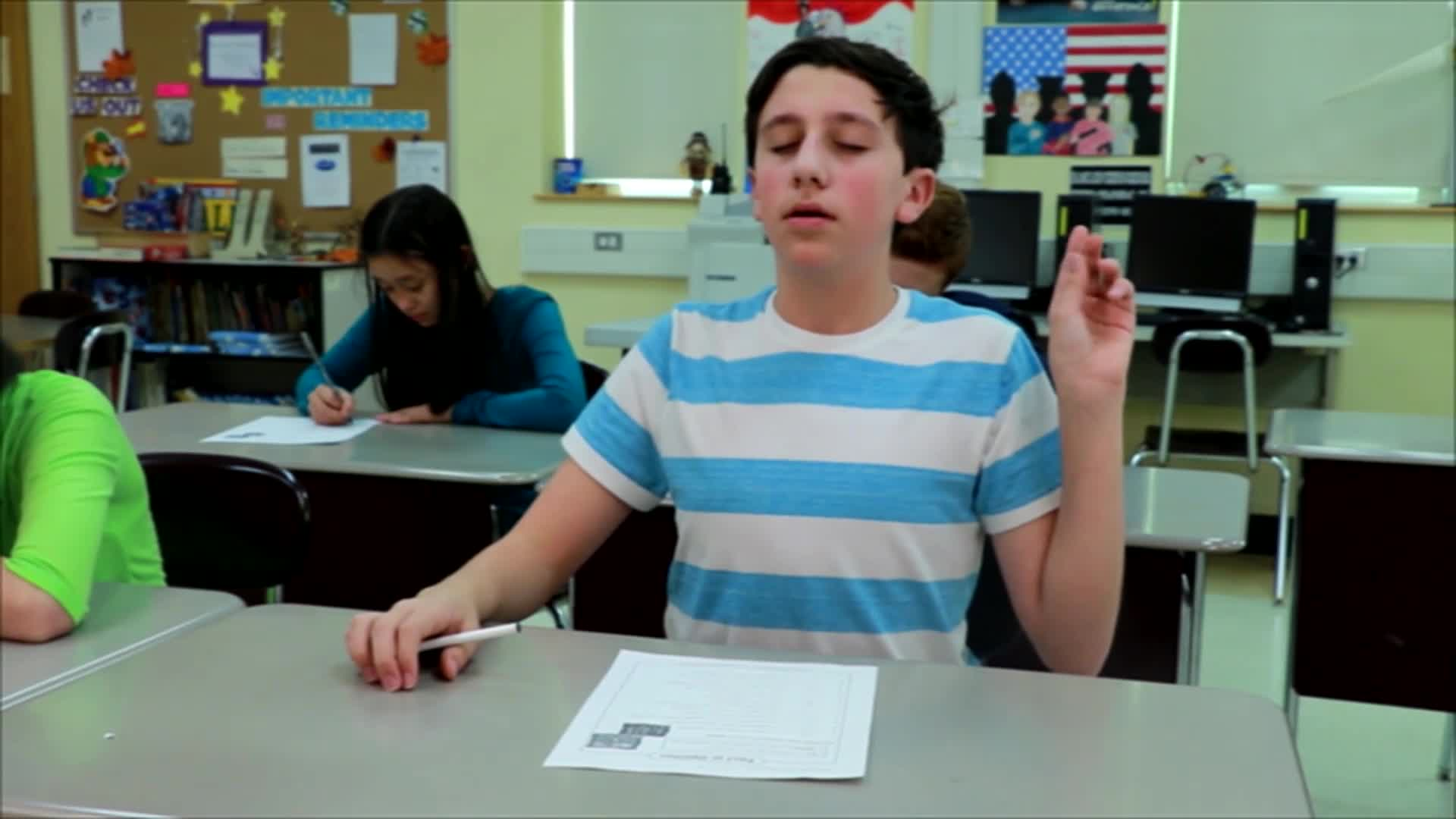Introduction
As educators, we understand the importance of teaching students how to manage their emotions and navigate social situations. For kindergarten students, learning self-calming strategies can be a vital part of their social-emotional development. This blog post will discuss a simple no-prep activity that educators can use to teach kindergarten students self-calming strategies, such as taking deep breaths and counting them. We’ll also provide discussion questions to encourage further exploration, mention related skills, and provide information on how to access free sample materials for teaching these essential skills.
No-Prep Activity
This no-prep activity is designed to be easily incorporated into your classroom routine. The goal is to teach students how to use self-calming strategies when they are feeling upset or overwhelmed.
- Begin by gathering your students in a comfortable, quiet space. Explain that you will be teaching them a strategy to help them calm down when they are feeling upset.
- Introduce the concept of deep breathing by demonstrating how to take a slow, deep breath in through the nose, and then exhale through the mouth. Explain that deep breathing can help us feel calmer and more in control of our emotions.
- Guide your students through the process of taking five deep breaths and counting them. Encourage them to close their eyes and focus on their breathing as they count.
- After completing the deep breathing exercise, ask your students how they feel. Discuss the benefits of using self-calming strategies when feeling upset or overwhelmed.
- Encourage your students to practice this strategy whenever they feel the need to calm down, and remind them that they can always ask for help from a trusted adult if they are struggling to manage their emotions.
Discussion Questions
Use these discussion questions to encourage further conversations about self-calming strategies and social-emotional learning:
- How did you feel before and after the deep breathing exercise? Did you notice any changes in your emotions or physical sensations?
- Why do you think taking deep breaths and counting them can help us feel calmer when we are upset?
- Can you think of any other situations where using self-calming strategies might be helpful?
- What are some other self-calming strategies you might like to try or have already used?
- Why is it important to have different strategies for managing our emotions?
Related Skills
In addition to teaching self-calming strategies, there are several other related skills that can support kindergarten students’ social-emotional learning. These include:
- Identifying and expressing emotions
- Active listening and communication
- Problem-solving and conflict resolution
- Empathy and understanding others’ perspectives
- Developing and maintaining positive relationships
Next Steps
Teaching self-calming strategies and other social-emotional learning skills is essential for kindergarten students’ development. By incorporating these activities and discussions into your classroom, you can help your students build a strong foundation for their emotional well-being and social success.
To access free sample materials for teaching self-calming strategies and other social-emotional learning skills, sign up at Everyday Speech’s sample materials page. These resources are designed to support educators in fostering a nurturing and inclusive learning environment for all students.






